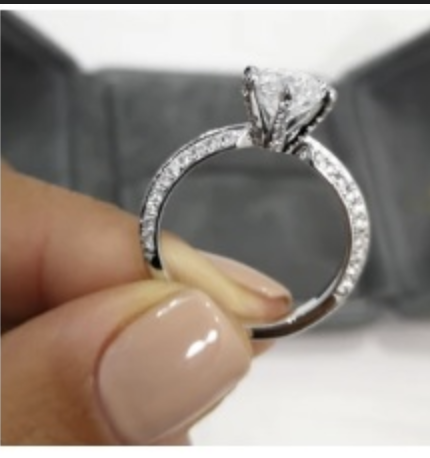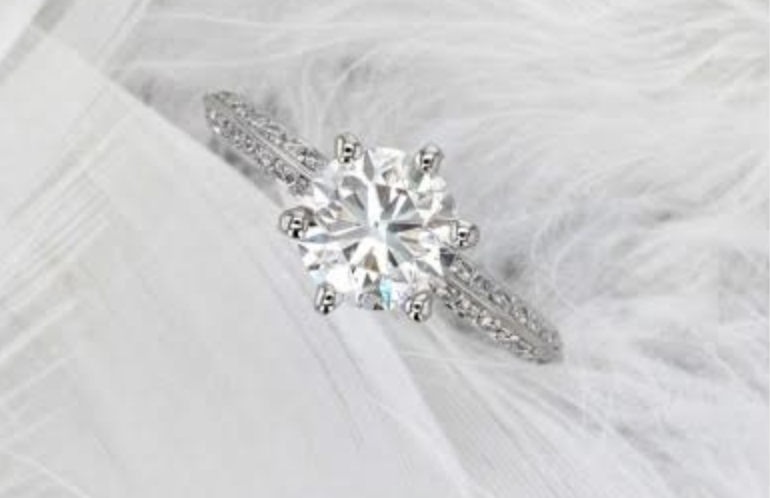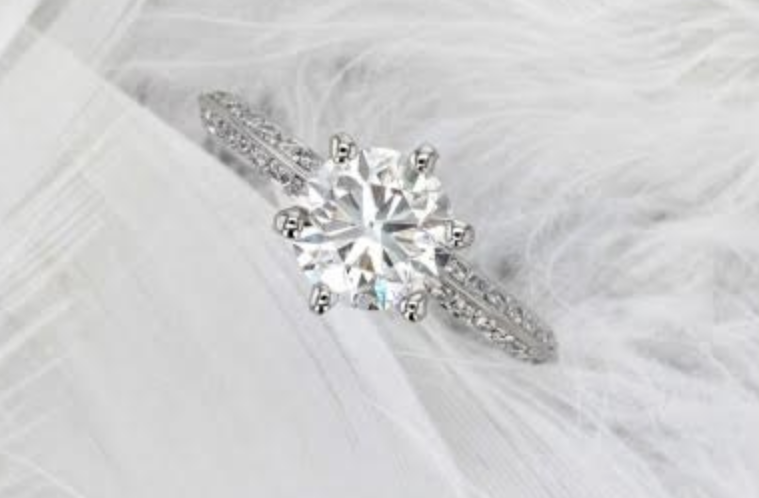For almost half a century, Marilyn Monroe’s song Diamonds Are a Girl’s Best Friend transformed the precious gemstone into a symbol of eternal love until the COVID-19 pandemic happened.
In 2020, the pandemic sent the world into a global lockdown and the diamond mining and processing industry ground to a halt. The good news is that all is not lost for jewelry lovers.
Lab-grown diamonds are still in production and growing more popular by the day. Leading jewelry stores such as Best Brilliance have a wide range of beautiful pieces made with lab-grown diamonds.



Drop in Demand for Natural Diamonds Due to the COVID-19 Pandemic
The coronavirus has effectively led to a sudden decline in the natural diamond selection industry. Statistics by the Golan Diamond Research & data show that in the first quarter of 2020, the global demand for natural diamonds dropped to its lowest since 2009.
The plummeting sales can be attributed to COVID-19 related reasons such as lockdowns and social distance regulations. The diamond mining industry has also come to a halt as mines have closed and workers advised to stay at home for their own safety.
Why Millennials Now Prefer Lab-Grown Diamonds
There are other reasons for the decline of the natural diamond industry besides the economic ravages of COVID-19. Millennials and Generation Z, who make up the largest percentage of buyers of diamond engagement rings and jewelry, are shifting their focus from natural diamonds to lab-grown diamonds.
A recent report by MVI marketing stated that close to 70% of millennials today prefer to buy lab-grown diamonds over natural diamonds. It’s no surprise that leading jewelers such as Best Brilliance lab-grown diamonds are seeing more sales in the lab-grown diamond than in the natural diamond sector.
A good majority of millennials and Generation Z are choosing lab-grown diamonds for several reasons. First and foremost, lab-grown diamonds are physically, chemically, and optically identical to natural diamonds. The only difference is in the way the diamonds are created.
While natural diamonds are forged by the crushing pressure and intense heat in the Earth’s mantle over billions of years, lab-grown diamonds are created in labs under extreme pressure, heat, and carbon.
Lab-grown diamonds are created inside a reactor or machine while natural diamonds are mined by interfering with the natural environment.
Alt txt – Best Brilliance Eliana lab grown ring
Environmental Concerns in Natural Diamond Mining
Millennials are an environmentally conscious lot who are often at the forefront in the fight to conserve the environment.
They consider diamond mining as a threat to the environment, and for a good reason. It’s estimated that for every single carat of diamond mined, over 250 tons of Earth is shifted leaving significant damage to the fauna and flora of the mined area.
Every single carat of mined diamond releases approximately 57kg of carbon to the atmosphere while lab-grown diamonds release just a few grams. Lab-grown diamonds are more environmentally friendly than natural diamonds.
Alt txt – the Ethical Way of Enjoying Luxury Jewelry
Ethical Concerns
As recently witnessed in the recent Black Lives Matter global protests, millennials and Generation Z are strong advocates of human rights and will often fight against any form of social, racial, or economic injustice.
A majority of millennials would rather buy lab-grown diamonds than buy products they associate with human rights abuse, as refer to some of the natural diamonds mining. The Kimberley Process also tries to eliminate unethical diamond mining.
Exploitative Origins
Diamond mining doesn’t just harm the environment and human lives. The industry is also known for exploitative business practices.
There are many mines that employ people on extremely low wages and expose workers to unsafe working conditions. In fact, some of the diamonds mined in accordance with the Kimberley Process, which is meant to eliminate trade in conflict diamonds, have flawed origins.
The relationship between mined diamonds and exploitative labor practices is well documented, especially in third world countries.
Lab-grown diamonds, on the other hand, have clear and professional production practices that don’t involve environmental degradation, human rights abuse, or exploitative practices.
Conclusion
Lab-grown diamonds are increasingly becoming popular as the world stays locked down due to the coronavirus pandemic and justified environmental and humanitarian concerns about the mining of natural diamonds.
Some of these lab-created gemstones, such as Best Brilliance lab-grown diamonds, have the same physical, chemical, and optical properties as earth-mined stones, as well as has a whole section of engagement rings and other jewelry pieces made with conflict-free lab-grown diamonds.

